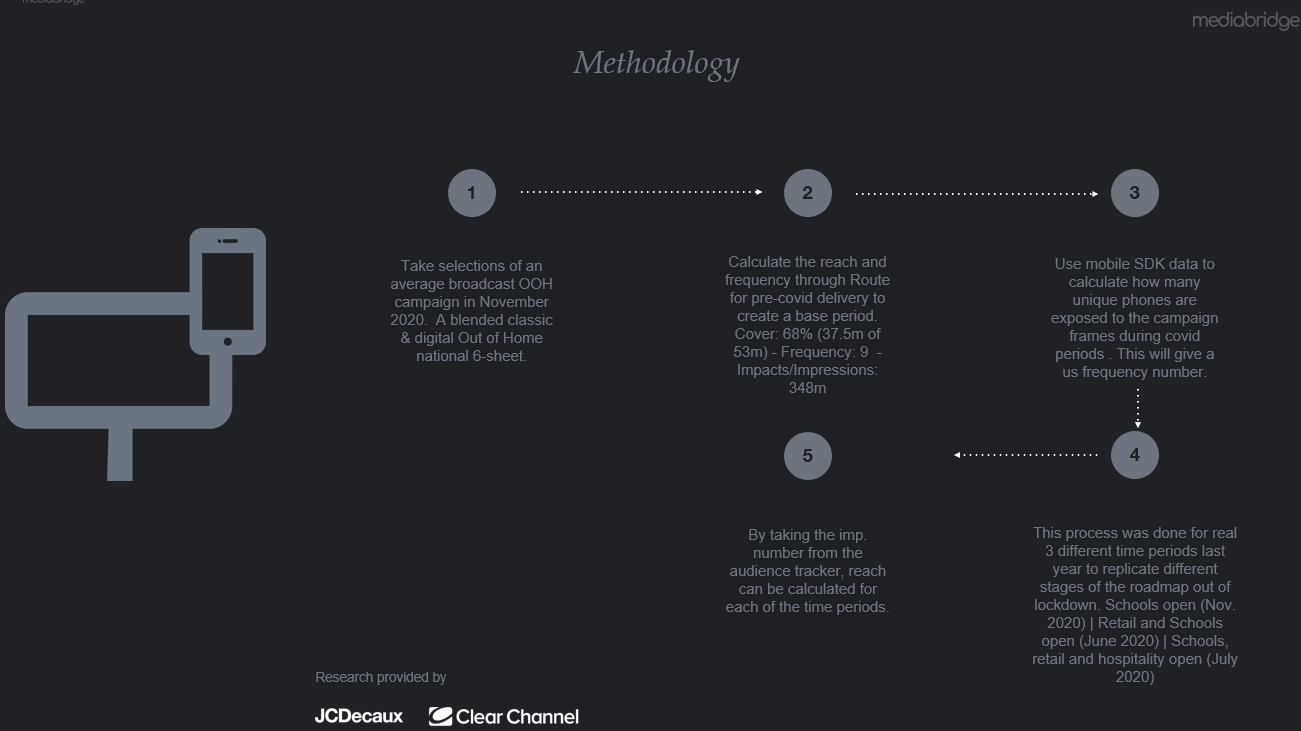The Road to Freedom
For even the most talented of soothsayers, the last twelve months would have proved extremely challenging to predict with any great accuracy. Ever changing Lockdown rules have brought significant alteration in both our movement and our behaviour that most would never have dreamt of, let alone experienced before. Previously crammed main city arterials and public transport networks are now calm and free flowing as most of us conduct our lives within a 20 minute radius of our homes.
Potentially an equally difficult challenge remains in predicting what the next few months will hold. With the UK government having outlined their ‘Roadmap out of Lockdown’, much will of course depend on restricting the spread of the COVID virus but also on the desires of the public for a return to normal. Much has been made of the death of office working and the daily commute that accompanies it, but after a year of upheaval many appear ready to embrace a mid-point between the old and the present in their longing for freedom. However, we do not envisage public transport usage to return to pre COVID levels for many months to come. Many of us are keen to be mobile and most are already travelling in our vehicles (Index 74 vs pre COVID levels – Apple Mobility) and this looks likely to increase as Lockdown easing continues.
In order to add science to the process, Clear Channel and JCDecaux have come together in modelling how behavioural changes of the last 12 months Lockdown easing can be extrapolated to predict what the next few months might hold. From the charts below we see the prediction is that both audience reach and impacts for roadside campaigns may be returning to a pre COVID level as soon as mid-June. To reiterate, this is only related to roadside as we expect most other environments to take longer to increase to previous levels given the potential safety issues, amongst other challenges.
The theory behind this insight is simple: using a pre COVID standard distribution 5,000 x 6s two-week campaign audience delivery as a baseline, how will the audience fare if following similar emerging patterns to those we have seen from other Lockdown easing? With Route data limited in its application, we are able to provide an updated frequency estimate by using mobile SDK data taken in COVID times.
Utilising the pre COVID base reach of 37.5m UK adults and factoring in the audience changes when schools, shops and hospitality last opened, it is estimated mid-June is the next time that 68% of the adult population will be exposed to the base campaign. As the bubbles demonstrate when stage 4 release comes into effect, both the impressions and reach are predicted to reach pre-virus levels as we are all keen to return to something more akin to our previous permitted travel patterns.
However, it is not to say that these patterns will not be different with less time spent commuting and an increased amount of time spent locally on more regular, but ultimately shorter, journeys.
Again it is important to remind all these expectations are not for the likes of the rail, retail, transport and other leisure environments, as they will undoubtedly recover more slowly. However it is very much appreciated that our appetite to travel within the UK has only been magnified over the last twelve months and I for one cannot wait to be part of the roadside audience recovery prediction.


